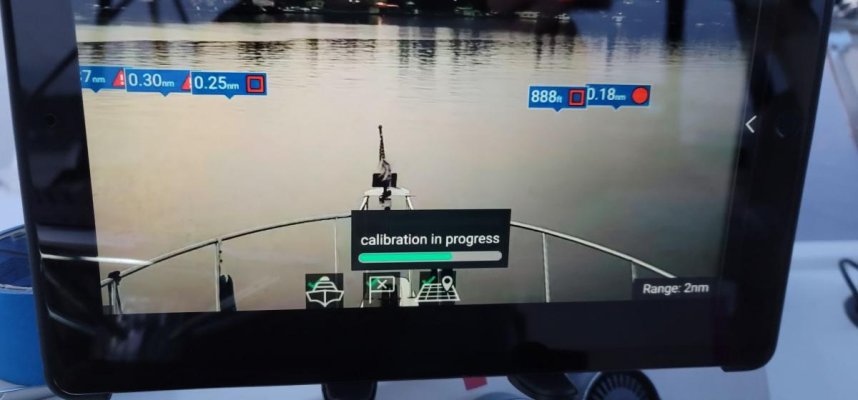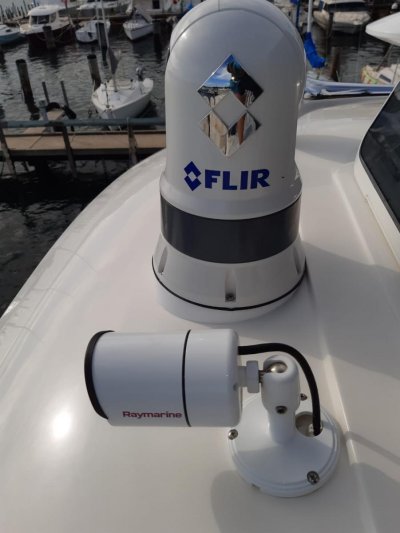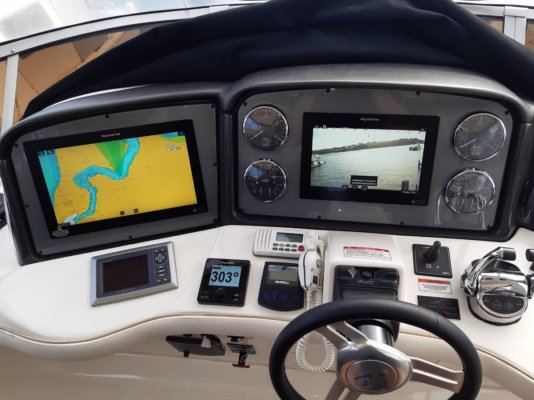AlpinaRanger
Member
- Joined
- Feb 20, 2021
- Messages
- 12
Radar and FLIR are complementary. If I had a choice to pick only one I would choose radar. Radar does not work well in close quarters such as coming into a narrow marina. FLIR does not work well in fog because it cannot pick up the temperature differential as well. I don’t have any experience with night vision products. I looked at both hard mounted and monocular iR products from FLIR and chose the monocular version for the following reasons. While the hard mounted FLIR is convenient, it is fixed in nature unless you purchase the rotating version which is much more expensive. I ended up purchasing a Scion OTM 260 model from FLIR and bought the mounting base and rechargeable battery. I attach it to my computer with a USB-C cable. The focal distance on the handheld is narrower so you don’t get as wide of field of view, bower the resolution is double unless you get the high end hard mounted version which is much more expensive.
For my needs, I went with the handheld as it provided additional flexibility for my uses. Please note that the handheld will not work through glass as you will see yourself in the reflection versus through the glass.
For my needs, I went with the handheld as it provided additional flexibility for my uses. Please note that the handheld will not work through glass as you will see yourself in the reflection versus through the glass.
Last edited:








